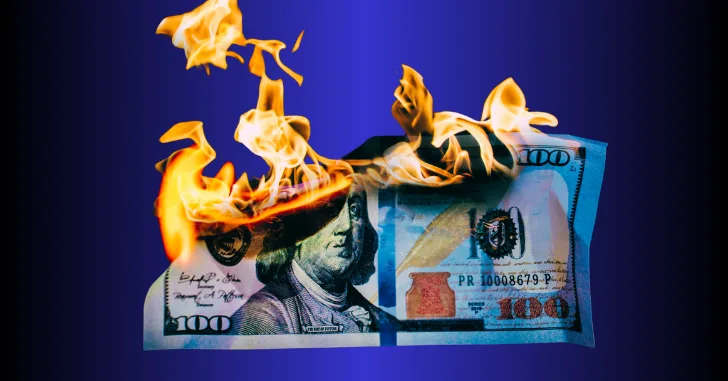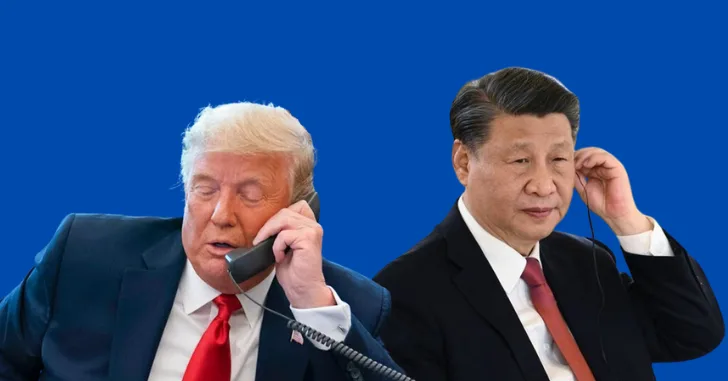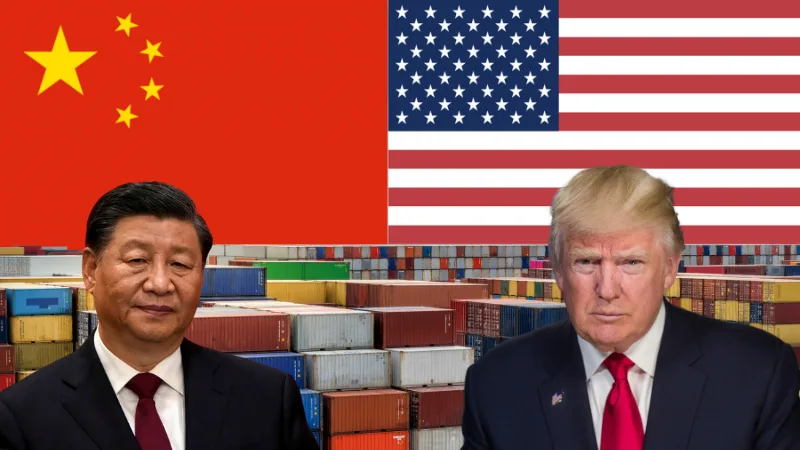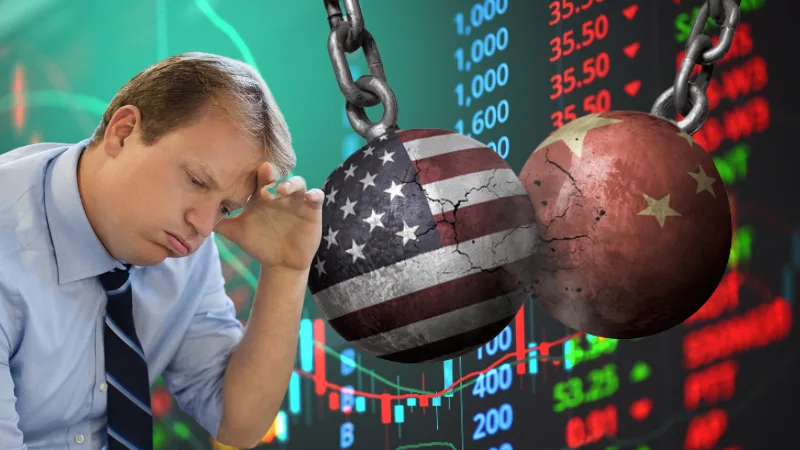In recent days, global financial markets have experienced profound volatility as the escalating trade war between the United States and China reaches unprecedented heights. Investors, rattled by heightened geopolitical tensions, have swiftly abandoned riskier assets in favor of traditional safe havens, notably gold. Meanwhile, the U.S. dollar, often a global reserve asset, has experienced a dramatic plunge, particularly reflected in its performance against other leading global currencies.
Escalating Tensions and Tariff Battles
The latest round of economic conflict commenced as President Donald Trump’s administration increased tariffs dramatically, imposing a massive 145% tariff on Chinese goods. This aggressive stance immediately drew fierce retaliation from Beijing, which escalated its tariffs on U.S. products from an already punitive 84% to an astounding 125%, marking a critical point in the U.S.-China economic standoff (Yahoo Finance).
This spiraling trade conflict has not only rattled investor confidence but has triggered fears of widespread economic repercussions across global markets.
Impact on the U.S. Dollar
Perhaps the starkest indicator of market anxiety has been the precipitous drop in the value of the U.S. dollar. The U.S. Dollar Index (DXY), a key measure of the dollar’s strength against a basket of global currencies, dropped below the critical psychological level of 100, hitting lows unseen since mid-2023. The DXY’s fall—approximately 2.7% over the last week alone and over 7% year-to-date—is illustrative of weakening investor confidence in U.S. financial stability amid the trade war.
Larry Summers, former U.S. Treasury Secretary and renowned economist, described the dollar’s predicament in blunt terms: “Global markets now see the United States similarly to a problematic emerging market, highlighting just how severe the loss of confidence in U.S. economic management has become” .
This drastic decline in the dollar has investors scrambling to reassess portfolios and reconsider U.S. assets. The sharp weakening, reflected through the DXY index, also has ramifications for U.S. consumer prices, imports, and global trade dynamics, potentially fueling inflationary pressures domestically.
Gold Prices Surge as Investors Seek Safety
Amid the turmoil, gold prices have surged to record-breaking highs. Spot gold vaulted above $3,200 per ounce, reaching a remarkable $3,219.84, while gold futures for June delivery climbed nearly 2% to close at $3,237.50.
Analysts attribute the rise primarily to the weakening dollar and heightened market anxiety. Nitesh Shah, senior commodities strategist at WisdomTree, stated, “We’re in a landscape marked by uncertainty. The unpredictability of the U.S.-China trade tensions makes gold a natural refuge. For the rest of this year, I see gold continuing its upward trajectory”.
Gold’s robust performance underscores its traditional status as a protective asset during geopolitical instability and economic uncertainty.
Broader Market Reaction and Investor Anxiety
The repercussions of the intensified trade conflict extend far beyond currencies and commodities. U.S. equity markets suffered significant losses, with the S&P 500 tumbling 3.5% to close at 5,268.05, and the tech-heavy Nasdaq shedding 4.3% to settle at 16,387.31 (The Guardian).
Asian markets followed suit; Japan’s Nikkei 225 Index plunged 5.4%, and South Korea’s Kospi Index dropped 1.64%. Europe’s indices similarly struggled, underlining global unease about the trade war’s potential to provoke a widespread economic slowdown or even recession.
Historical Context and Economic Forecasts
Historically, the dollar and gold have exhibited inverse relationships during periods of severe global uncertainty. During the 2008 global financial crisis and throughout periods of significant geopolitical strife, similar dynamics were observed—gold prices surged while the dollar weakened against stable currencies such as the Swiss franc and Japanese yen.
Economists and financial historians now warn investors to prepare for similar long-term implications. David Rosenberg, chief economist at Rosenberg Research, stated recently, “History shows us that protracted trade wars don’t have clear winners. They erode global economic confidence, weaken major currencies like the dollar, and typically drive gold significantly higher. Investors would do well to diversify into protective assets immediately”.
Federal Reserve’s Response and Future Monetary Policy
The Federal Reserve faces mounting pressure to mitigate the economic fallout from this intensifying trade war. Investors are now broadly expecting a more dovish stance from the Fed, including potential interest rate cuts totaling up to one percentage point before the year concludes. Minneapolis Fed President Neel Kashkari has acknowledged these growing pressures but emphasized the complexity introduced by the tariffs, noting, “The barrier to changing our monetary policy direction has gotten higher due to tariffs, not lower”.
A dovish turn from the Fed could exacerbate the dollar’s decline, further bolstering gold and other safe-haven assets, while potentially complicating domestic inflation control measures.
Strategic Investor Considerations
Given current developments, investors should consider the following strategies to protect and potentially profit during these uncertain times:
- Diversify Holdings: Consider adding safe-haven assets such as gold, Treasury Inflation-Protected Securities (TIPS), and stable foreign currencies.
- Monitor DXY Closely: Regularly track the U.S. Dollar Index as a reliable gauge of market sentiment toward U.S. economic policy and stability.
- Evaluate Global Exposure: Limit or hedge against excessive exposure to assets susceptible to tariffs, such as multinational corporations heavily reliant on U.S.-China trade.
Conclusion: Navigating Uncertainty in Financial Markets
The deepening U.S.-China trade war is reshaping global financial dynamics, significantly impacting the dollar and fueling an unprecedented surge in gold prices. Investors face critical decisions as market volatility escalates and traditional investment paradigms are challenged. Strategic diversification, vigilant monitoring of economic indicators like the DXY, and cautious evaluation of geopolitical risk will be key to navigating this turbulent period.
Ultimately, understanding the interplay between policy decisions, market reactions, and historical precedents will equip investors with the knowledge necessary to safeguard and enhance their portfolios amidst ongoing uncertainty.





